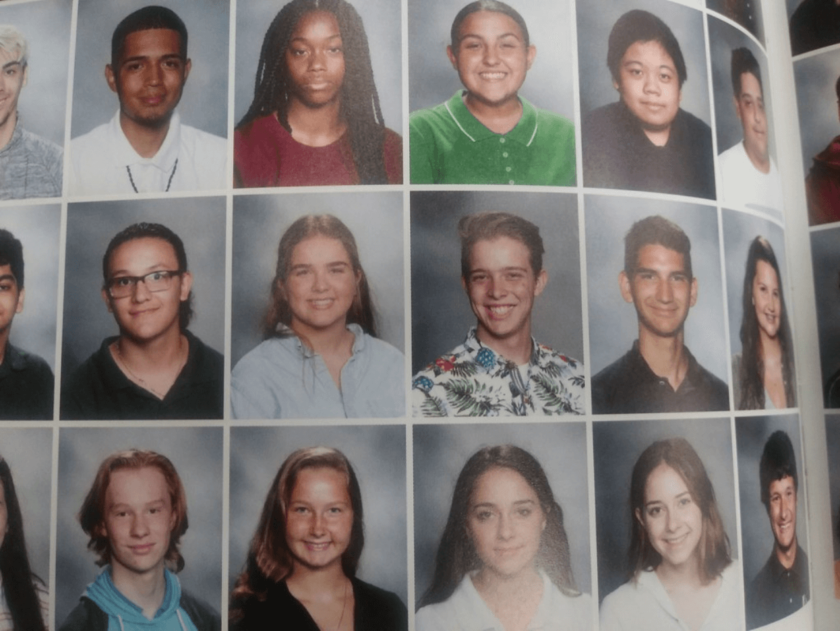Do you have students who’d rather do anything than read? Welcome to the club; nearly every teacher suffers a similar ailment. But luckily, you can improve the situation by using book reports. Wonder what these are?
These are writing tasks that engage the creative abilities of students. They introduce exciting activities like storytelling, role-playing, and brainstorming and are. It is more engaging than traditional writing exercises.
Like all creative engagements, there’s no one-size-fits-all approach to book reporting. So students have many ideas to explore. This article will look at the best five of these concepts. But firstly, we will explain how the activity can encourage reading. Let’s go!
How Book Report Encourages Reading
The concept behind book reporting is straightforward once you identify the major problem. This problem is behind students’ disinterest in reading. Many people find the activity tedious and mechanical.
But what happens when you introduce foreign objects and templates that make things more thrilling? Suddenly, your students don’t see reading as a responsibility to shirk. It becomes an exercise they do to have fun. They see what other people read and exchange thoughts on their respective novels.
This activity also guides your students to the right books, which makes reluctant pupils eager to start and continue reading. This means you should collect lots of school-approved texts. Then you ought to match each student with the one they’re most interested in and ask for reports on them.
Remember, reading can be addictive. It only takes one captivating book to keep young minds hooked, and that’s the main objective now. Get it? Here are the most entertaining and educational book report templates you can try out in the classroom.
Highlighting the Top Five Book Report Formats for Your Students
From experience, we’ve learned that the tutor’s input and attitude influence how open the class is. You must show your students how thrilling a book report can be beforehand.
A crucial tip is to present a well-written book report to the students to interesting them. If you can’t create it yourselves, try PapersOwl, where experienced professionals will create a brilliant essay or any other article. A brilliant book report increases students’ willingness to participate. Noted? Let’s get down to business!
Glasses
Get students’ perspectives on the novelettes they’ve read using this report format. Distribute papers with glasses printed on them and ask them to fill the lens with drawings of the book or storyline. Make them understand that you want to know what they think of the book.
You may also use a computer screen, provided everyone has one and can use the toolbar conveniently. Get more interaction by asking them to exchange their copies with partners.
Concrete Found Poem
The approach here is for people to make a shape using words, phrases, and sentences from stories they read. When they are done, every drawing should be an image that’s relevant to the storybook. You can use a desktop, whatever the students are more comfortable with.
Paper Bag
This book report activity is a straightforward affair that we reserve for young students. It works by gathering article bags and stacking them together. Then fold the stack into two and glue them using a stapler.
When done, tell students to decorate the bag pages by writing or painting. An alternative is to ask them to write or draw on normal paper before gluing it onto the pages. The open-end side of the bags serves as pockets that can be filled with postcards, photos, and cutouts which can help students tell the story better.
Characters’ Reading Lists
These stretch students’ imaginative abilities significantly. They should suggest five novels that their favorite character would enjoy reading. You can ask them to choose their preferred character, or the whole group may use the same one (the suggestions would surely differ).
Head to the library with them or refer them to an online catalog and ask them to explain why they think the character would enjoy each of the texts they selected. To conclude, have them exchange their reading lists to stimulate more involvement.
Fictional Yearbook
If you know anything about yearbooks (surely, you do, except if you’re an alien?), then you know it’s where the creative juices start flowing in students. Now, think about all the thrill they can have with a book report of the same theme.

The requirement is to ask the group to curate a yearbook using the setting and people in the story. Ask them to describe how they think the characters look and to mention the adjectives they’d use to qualify them. Queen bee? The comedian? Teacher’s pet? Also, what school activities would they participate in, and what awards would they win?
From these exercises, you can tell how well students connect with the characters they’ve read. It helps to determine if to introduce more similar texts. Need more templates to work with? You can consider Edusson and explore loads of free samples on its website. Sourcing leads from expert platforms like this provides you with excellent ideas. They sufficiently fuel students’ excitement.
Conclusion
Book reporting has been used in classrooms for years, and the results remain mixed. This is because some tutors aren’t willing to go the extra mile in this activity. If you are exploring this option, we recommend putting your all in. Ensure students have high-quality reports to follow when creating their copies. Of course, you should be plenty of patience with everyone.

